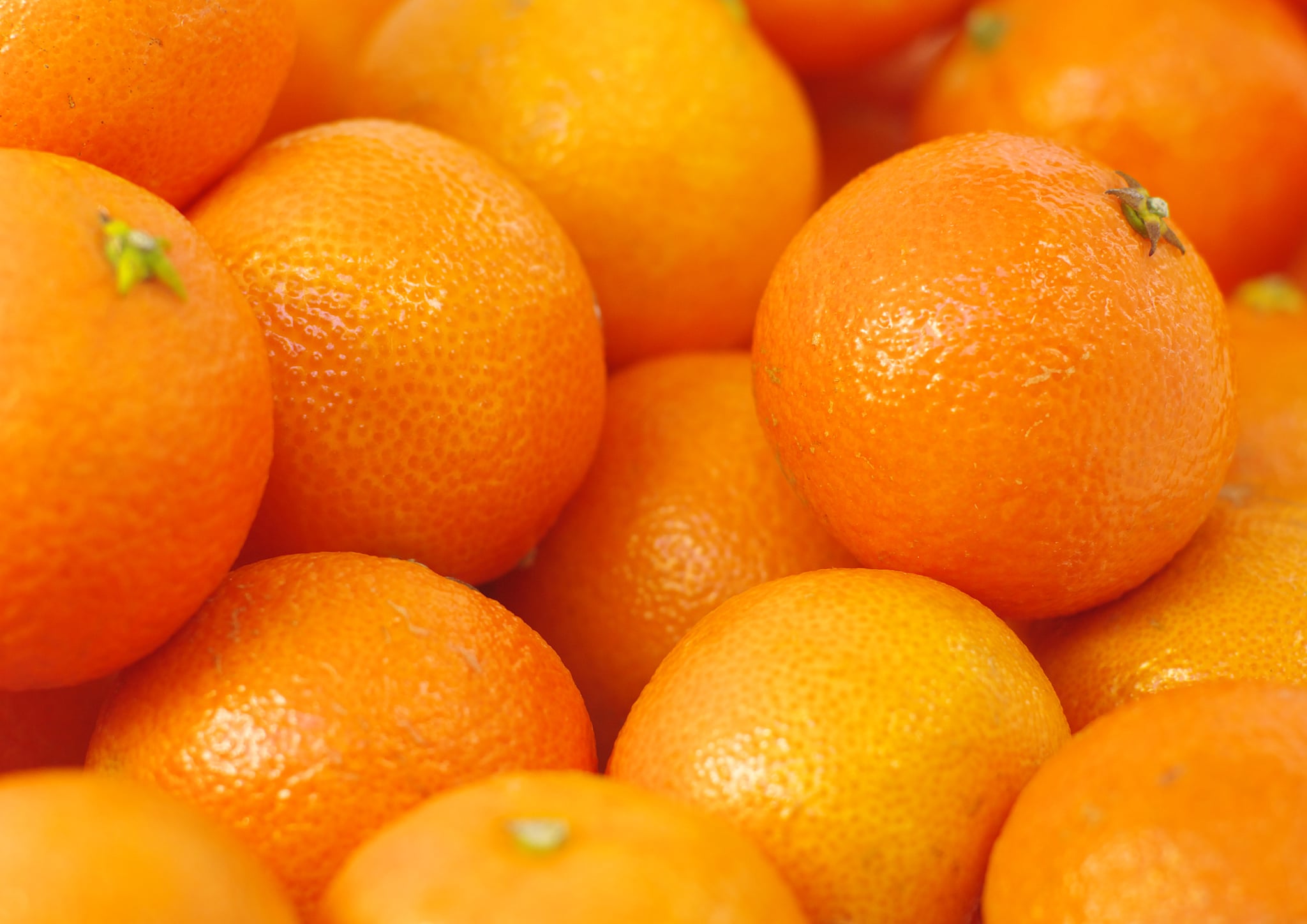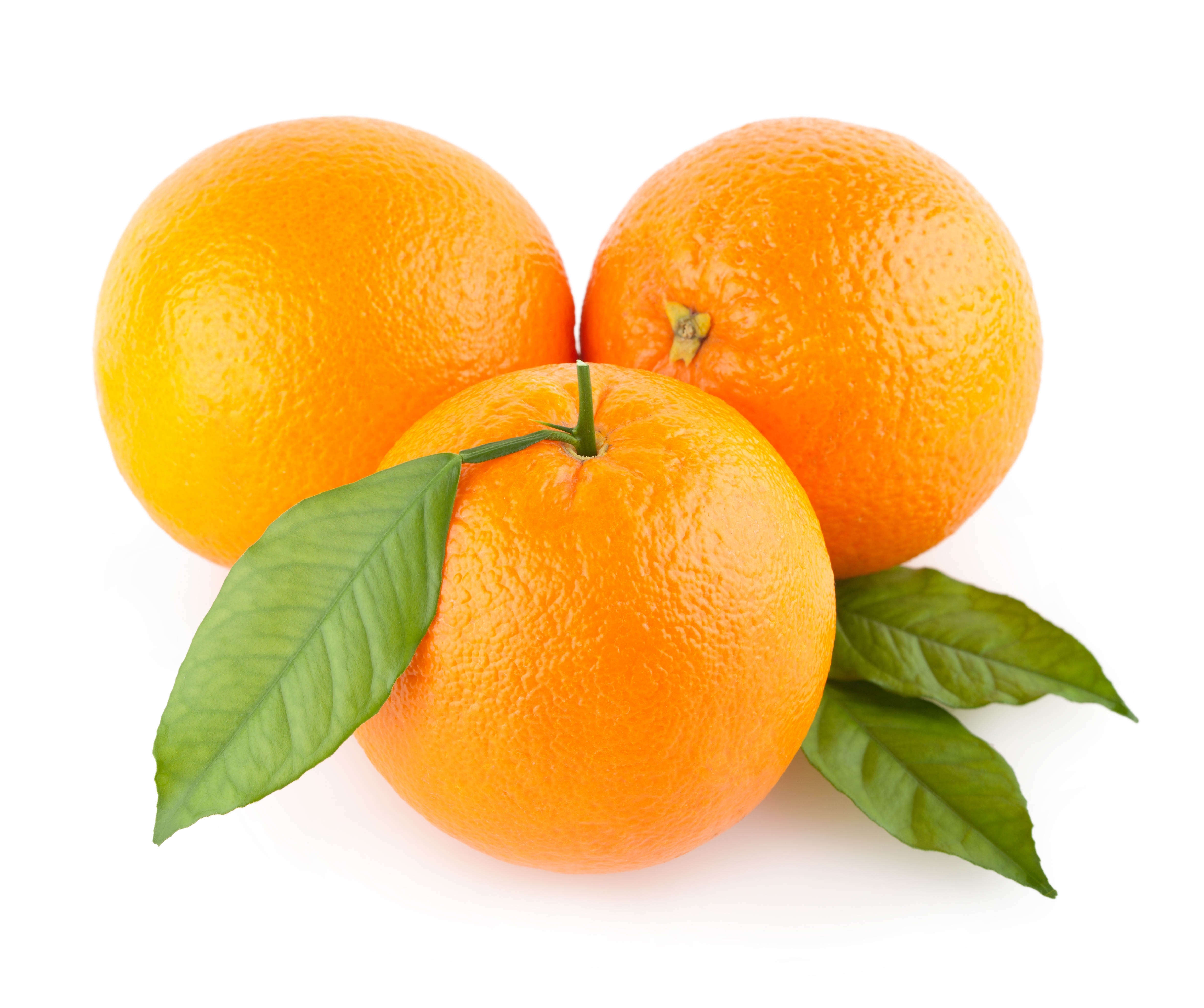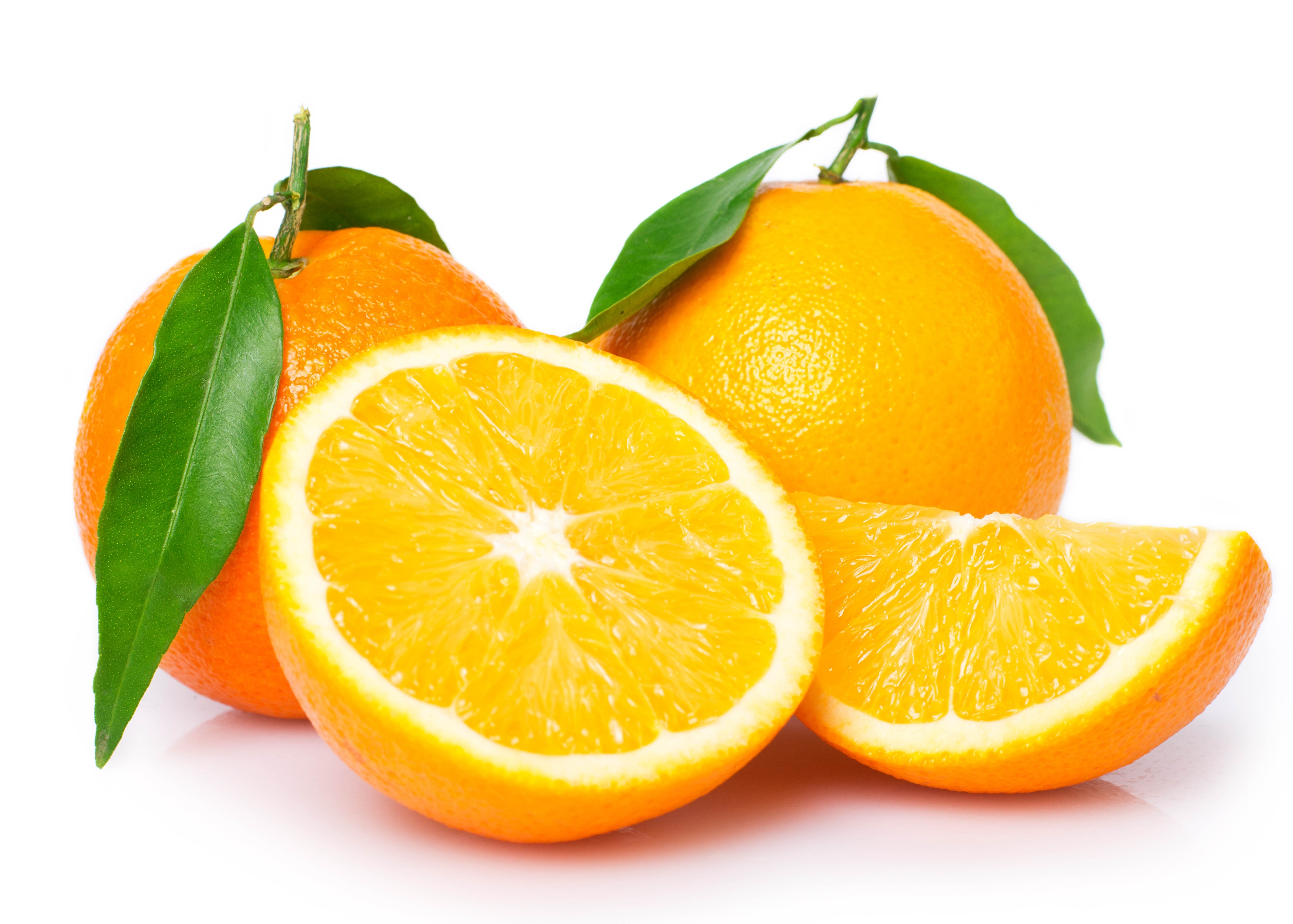Ever wondered what that bright orange bit inside your crab is when you crack open its shell? It's a question many seafood lovers ask, and it's actually a pretty interesting part of the crab's anatomy. That vibrant color, you know, can really catch your eye, especially when you're looking forward to a delicious meal.
When you're enjoying some freshly cooked crab, whether it's a Dungeness or a Blue crab, you might come across different textures and colors inside. Some parts are creamy, some are flaky, and then there's that distinct orange material. It might look a little unusual if you're not familiar with it, and perhaps you've even wondered if it's okay to eat. It's almost like finding a little surprise in your food, isn't it?
Understanding what this orange stuff is can certainly make your crab-eating experience more enjoyable, and perhaps even a bit more informed. It's not just one thing, as a matter of fact; there are a couple of possibilities, each with its own special qualities and even some culinary appeal. So, let's explore what gives crab its unique internal orange hues and what it all means for your plate.
Table of Contents
- Understanding Crab Anatomy: Beyond the Shell
- The Roe (Coral): A Culinary Treasure
- The Tomalley: The Crab's Digestive Gland
- Why the Color Orange? The Science Behind It
- Distinguishing Roe from Tomalley: A Closer Look
- Is It Safe to Eat? Navigating the Choices
- Different Crab Species, Different Orange Stuff?
- Preparing and Enjoying Crab: Tips for Seafood Lovers
- The Orange Color: A Comparison to Other "Oranges"
- Frequently Asked Questions
Understanding Crab Anatomy: Beyond the Shell
Crabs, as you might know, are fascinating creatures of the sea, and their bodies are pretty unique. When you're getting ready to enjoy a crab, you usually focus on the delicious white meat in the legs and claws. However, there's a whole world of different parts under that hard outer shell, and some of them are quite distinct in color and purpose. You know, it's pretty interesting to see how they're put together.
The Basics of Crab Biology
A crab's body is protected by a tough exoskeleton, which is basically its outer skeleton. Inside this shell, they have various organs that help them live and function. Like us, they have digestive systems, reproductive organs, and even something similar to a liver. Understanding these basic parts can help you figure out what you're looking at when you open up a cooked crab, and it can really make a difference to your appreciation of the creature, in a way.
Where the Orange Color Appears
The orange stuff in crabs typically appears in two main areas. One is often found near the top shell, sometimes looking like tiny beads or a more solid, creamy mass. The other can be located deeper inside the body cavity, often mixed with other internal parts. Both can be orange, but they are actually very different things, and it's quite important to know which is which, basically.
The Roe (Coral): A Culinary Treasure
One of the most common reasons for finding bright orange material in a crab is the presence of roe. This is a highly prized part for many seafood enthusiasts, and it's often referred to as "crab coral" because of its lovely color and sometimes granular texture. It's really quite a sight to behold, that rich, deep orange.
What is Crab Roe?
Crab roe is simply the unfertilized eggs of a female crab. When a female crab is getting ready to reproduce, her body develops these eggs, which are stored internally before being released. If you find a lot of this orange material, it's a clear sign that you've got yourself a female crab, and that's usually a pretty good thing for flavor, you know.
Its Appearance and Texture
Before cooking, crab roe can appear as a dark, almost black or reddish mass. However, once the crab is cooked, the proteins in the roe change, and it turns into that unmistakable bright orange color. Its texture is often described as granular, like tiny beads, or sometimes a bit more solid and creamy, depending on the stage of development. It's quite distinctive, really, and adds a certain richness.
Culinary Uses and Delicacy Status
Many cultures consider crab roe a true delicacy. It has a rich, slightly briny flavor that adds a wonderful depth to dishes. People often eat it straight from the crab, mixed with the white meat, or even use it in sauces and soups. It's a bit like a special treat, and it's something that really elevates the crab experience, you might say.
Nutritional Aspects of Roe
Like many types of seafood roe, crab roe is packed with nutrients. It's a good source of protein, healthy fats, and various vitamins and minerals. While you typically eat it in smaller quantities, it certainly contributes to the overall nutritional value of the crab meal. It's something that, you know, can be a healthy addition in moderation.
The Tomalley: The Crab's Digestive Gland
Another common orange, or sometimes greenish-orange, substance you might encounter inside a crab is the tomalley. This part is often a source of confusion for those new to eating whole crabs, and it's pretty important to understand what it is and its role. It's very different from the roe, and that's a key distinction to make, apparently.
What is Crab Tomalley?
The tomalley is the crab's hepatopancreas. This organ performs functions similar to both the liver and pancreas in other animals, including humans. It helps filter out impurities, process nutrients, and produce digestive enzymes. It's a vital part of the crab's internal system, and it's pretty much always there, regardless of the crab's gender.
Its Appearance and Color Variation
Tomalley can vary in color, often appearing as a greenish-brown, but it can also have distinct orange or yellowish hues, especially after cooking. Its texture is usually creamy and somewhat pasty, very different from the granular nature of roe. The exact shade can depend on the crab's diet and its overall health, so it's not always just one color, you know.
Culinary Appreciation and Flavor Profile
For many seasoned crab eaters, the tomalley is considered a flavorful part of the crab, offering a rich, buttery, and intensely savory taste. It's often enjoyed spread on crackers or mixed with the crab meat for an extra layer of flavor. Some people absolutely love it for its strong, unique taste, and it's very much a matter of personal preference, actually.
Safety Considerations and Environmental Factors
While tomalley can be delicious, it's also the organ that filters toxins from the crab's environment. This means it can accumulate pollutants like PCBs (polychlorinated biphenyls) and dioxins, which are harmful to humans. Because of this, health advisories often recommend limiting or avoiding the consumption of tomalley, especially from crabs caught in certain areas. It's something to be quite careful about, and it's definitely worth checking local guidelines, basically. For more information on seafood safety, you can consult resources like the FDA's advice on eating fish and shellfish.
Why the Color Orange? The Science Behind It
The striking orange color you see in both cooked crab roe and sometimes in the tomalley isn't just random. There's a biological reason for it, involving pigments that are common in many sea creatures. It's a pretty neat trick of nature, if you think about it, how colors can change so much.
Carotenoids and Pigmentation
The primary culprits behind the orange color are carotenoids, particularly astaxanthin. These are natural pigments found in the diet of crabs, often from the algae and small crustaceans they eat. Astaxanthin is what gives shrimp, lobsters, and even salmon their pinkish-orange hues. So, it's a pretty common pigment in the ocean, you know, and it's responsible for a lot of vibrant colors.
Dietary Influences on Color
The intensity of the orange color in a crab's roe or tomalley can depend heavily on what the crab has been eating. A diet rich in carotenoid-containing organisms will result in more vibrant orange pigments being stored in their tissues. This is why crabs from different regions or with different diets might have slightly varied internal colors. It's a bit like how what you eat can affect your own appearance, in a way.
Color Changes During Cooking
When a crab is alive, the astaxanthin in its shell and tissues is often bound to proteins, which can mask its orange color, making the crab appear blue, green, or brown. However, when heat is applied during cooking, these proteins break down, releasing the astaxanthin. This is why crabs turn that familiar bright red or orange color when cooked, and it's a pretty dramatic change, actually.
Distinguishing Roe from Tomalley: A Closer Look
Since both roe and tomalley can appear orange, it's helpful to know how to tell them apart. Knowing the difference can help you decide what you want to eat and what you might prefer to avoid, especially given the safety considerations with tomalley. It's pretty easy to spot the differences once you know what to look for, you know.
Key Visual Differences
Roe, being eggs, will typically have a more granular or bead-like appearance, even when clumped together. It's often found in distinct masses, especially towards the back of the crab's top shell. Tomalley, on the other hand, is generally more uniform in texture, like a creamy paste, and it's usually found deeper within the body cavity, often surrounding the digestive tract. The location is a pretty big clue, really.
Texture and Consistency
When you touch them, roe will feel firmer and might break apart into tiny individual spheres. Tomalley will feel softer, more like a spreadable paste, and it won't have that grainy feel. This difference in texture is one of the quickest ways to tell them apart, and it's pretty noticeable, too it's almost impossible to confuse them once you feel them.
Taste Profiles
The taste is also quite distinct. Roe has a delicate, slightly briny, and subtly sweet flavor, often described as tasting purely of the sea. Tomalley has a much stronger, richer, and more intense flavor, often described as buttery, liver-like, or even slightly bitter to some. If you taste them side by side, you'll definitely notice the difference, and it's quite an experience, in a way.
Is It Safe to Eat? Navigating the Choices
The question of whether to eat the orange stuff in crabs comes down to identifying what it is and considering your personal comfort with its consumption. Generally speaking, one is widely enjoyed, while the other comes with more caveats. It's really about making informed choices for your meal, you know, and being aware of what you're putting into your body.
General Safety Guidelines for Crab Consumption
Always ensure your crab is thoroughly cooked to eliminate any potential pathogens. Source your crabs from reputable suppliers or waters known to be clean. Freshness is key with any seafood, and crabs are no exception. These are pretty basic rules for enjoying seafood safely, and they apply to the whole crab, naturally.
Specific Advice for Roe
Crab roe is generally considered safe to eat and is a highly sought-after delicacy. There are no widespread health warnings against consuming it, assuming the crab itself is from a safe source and properly cooked. Many people find it to be one of the best parts of the crab, and it's pretty much universally enjoyed by those who try it.
Specific Advice for Tomalley
As mentioned earlier, tomalley can accumulate environmental toxins. While small amounts might be fine for some, it's often advised to limit or avoid its consumption, especially for children, pregnant women, or those who frequently eat crab. If you're unsure about the source of your crab or if there are local advisories, it's probably best to skip the tomalley. It's better to be safe than sorry, you know, and that's a pretty good rule of thumb.
Different Crab Species, Different Orange Stuff?
The presence and appearance of the orange stuff can vary somewhat between different types of crabs. While the underlying biology is similar, the amount and consistency might differ, affecting your crab-eating experience. It's pretty interesting how each species has its own little quirks, you know, and it's not always the same from one crab to the next.
King Crab
King crabs are primarily known for their large, meaty legs, and they typically have very little, if any, discernible orange roe or tomalley in their body cavities when harvested. Most of the edible portion is in the legs, so you might not even encounter the orange bits with this type. It's pretty much all about the leg meat with king crab, usually.
Dungeness Crab
Dungeness crabs are well-known for their sweet meat and often contain a good amount of both roe and tomalley. The roe in Dungeness crabs can be quite abundant and very flavorful, making it a popular part of the crab for many eaters. You'll often find plenty of that bright orange "coral" in them, and it's a real treat, in some respects.
Blue Crab
Blue crabs, especially female "she-crabs," are famous for their delicious roe, which is often called "mustard" or "crab fat" by some, though it's actually roe and tomalley combined. The orange roe from blue crabs is highly prized for its rich flavor and is frequently used in traditional crab dishes like crab cakes or crab soup. It's a very distinctive part of the blue crab experience, apparently.
Snow Crab
Snow crabs, like king crabs, are mostly harvested for their leg meat. While they do have internal organs, the amount of roe or tomalley is usually less significant compared to Dungeness or Blue crabs. You might find some, but it's not typically the main focus when eating snow crab, and that's pretty much the case for most people.
Stone Crab
Stone crabs are unique because only their claws are harvested, and the live crab is returned to the water to regenerate its claw. Therefore, you won't typically find any internal orange parts when you're enjoying stone crab claws, as the body isn't usually sold. It's a pretty sustainable way to enjoy them, you know, and it means no orange stuff to worry about.
Preparing and Enjoying Crab: Tips for Seafood Lovers
Once you've got your cooked crab and you're ready to explore its delicious contents, there are a few tips that can help you get the most out of your meal, especially if you're interested in the orange parts. It's all about making the most of your seafood, and that's a pretty good goal, isn't it?
Cleaning and Cooking Crabs
Before you can get to the orange stuff, the crab needs to be properly cleaned and cooked. Live crabs are typically steamed or boiled until their shells turn bright red or orange. After cooking, you'll want to remove the top shell and gills (often called "dead man's fingers") before getting to the edible parts. This preparation is pretty straightforward, and it ensures the crab is safe and tasty.
Extracting the Orange Bits
To get to the roe, look for the solid, bright orange masses usually located under the top shell, towards the back of the crab's body. You can gently scoop it out with a spoon. For tomalley, it will be the creamy, often greenish-orange substance deeper inside the body cavity. Some people prefer to scoop it out and mix it with other ingredients, while others might just eat it directly. It's really up to you how you want to enjoy it, you know.
Popular Dishes Featuring Roe and Tomalley
Beyond eating them straight from the shell, crab roe and tomalley can be used to enhance various dishes. Roe is often added to crab cakes, bisques, or sauces for a burst of flavor and color. Tomalley, with its rich taste, can be used to flavor soups, stews, or even as a base for compound butters. These additions can really elevate a dish, and it's pretty creative how they're used in cooking.
The Orange Color: A Comparison to Other "Oranges"
When we talk about the color orange, our minds might naturally go to the familiar fruit. It's worth noting that the orange color in crabs, derived from carotenoids like astaxanthin, is entirely different from the pigments found in the fruit known as an orange. The fruit, the sweet orange, is the juicy product of a tree in the Rutaceae family, botanically known as Citrus × sinensis. These fruits are celebrated for their vibrant color and are a powerhouse of nutrition, including lots of vitamin C, folate, calcium, and protective plant compounds. Studies show that consuming these oranges regularly may offer various health benefits, from hydration to immune support. There are, you know, over 400 different types of oranges, from blood orange to Valencia, each with its own unique flavor and appeal. But the orange you find in a crab, that's a completely different kind of orange, a biological pigment, not a piece of fruit. So, while both are orange, their origins and compositions are totally distinct, and that's a pretty important difference to remember.
Frequently Asked Questions
Here are some common questions people ask about the orange stuff in crabs:
Is the orange stuff in crab poop?
No, the orange stuff in crab is not poop. It's either the crab's roe (eggs) or its tomalley (hepatopancreas), which is an organ that helps



